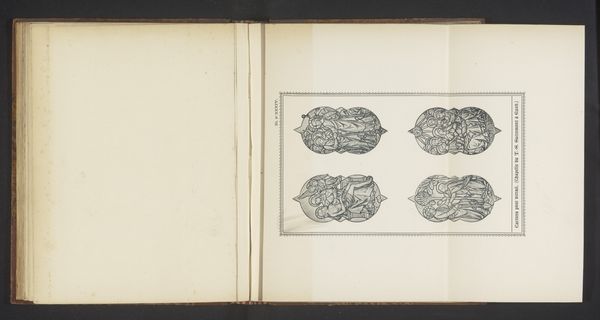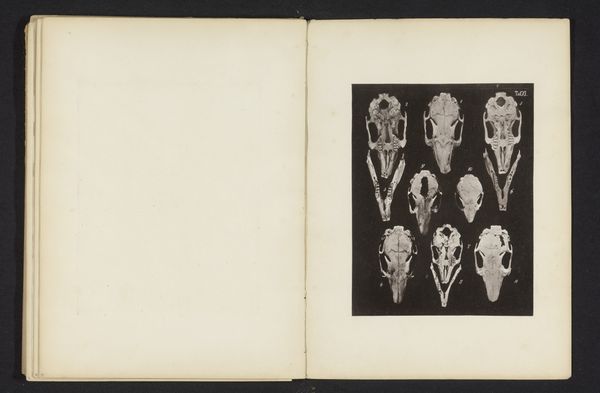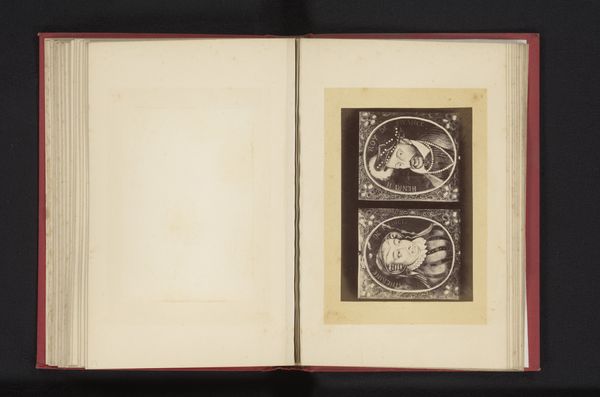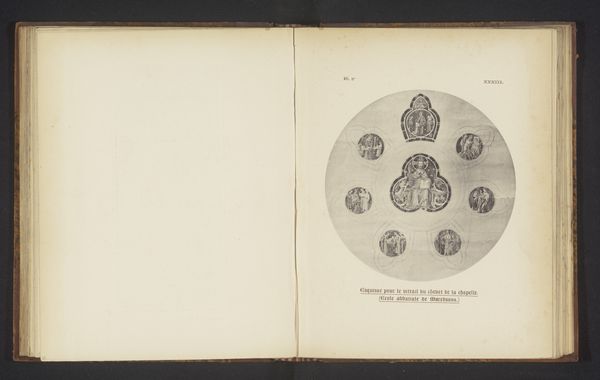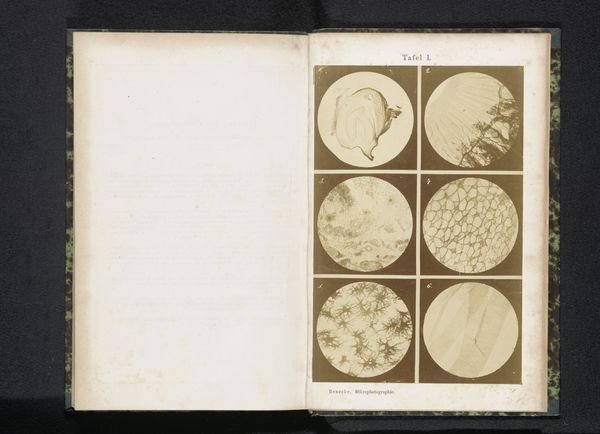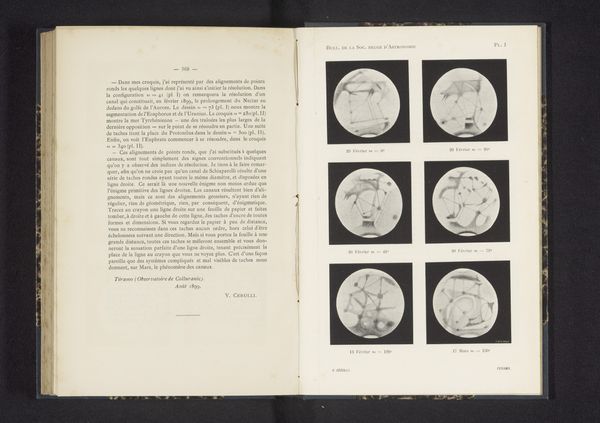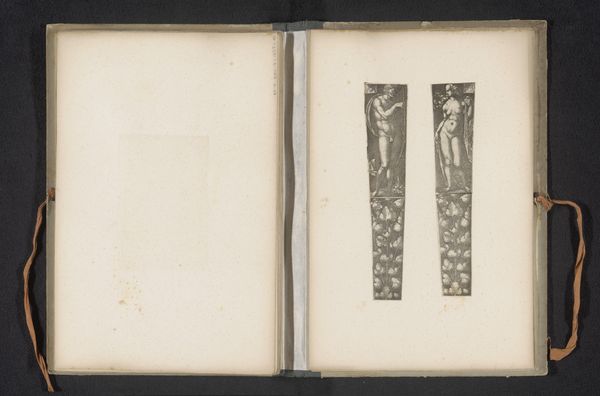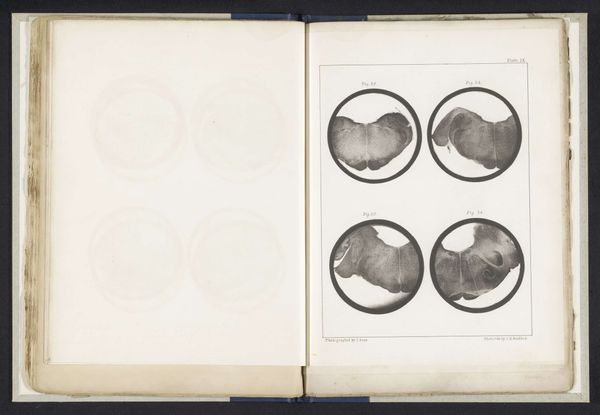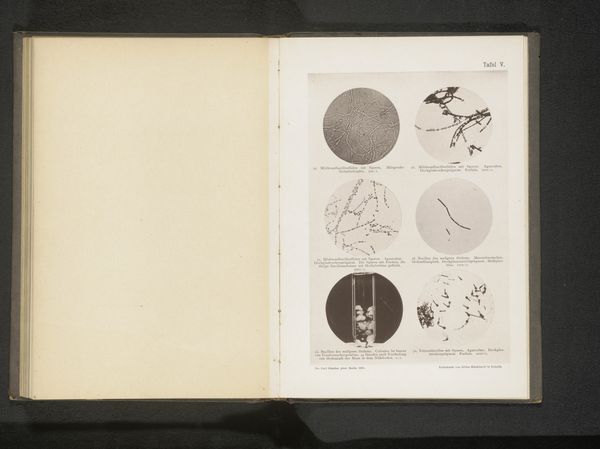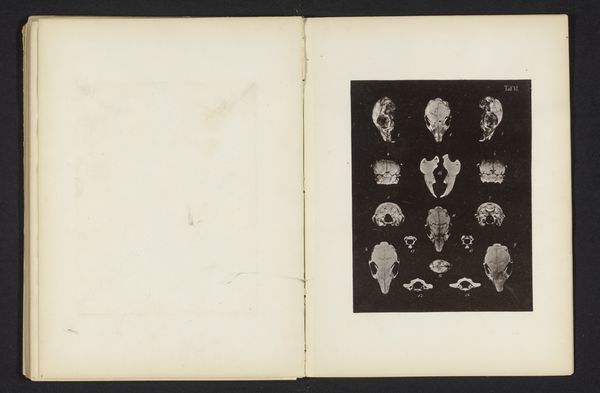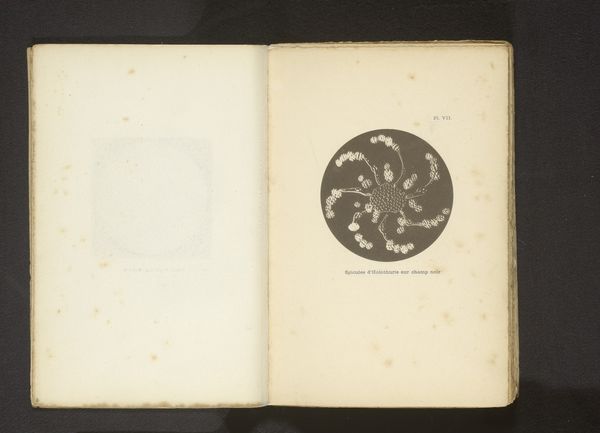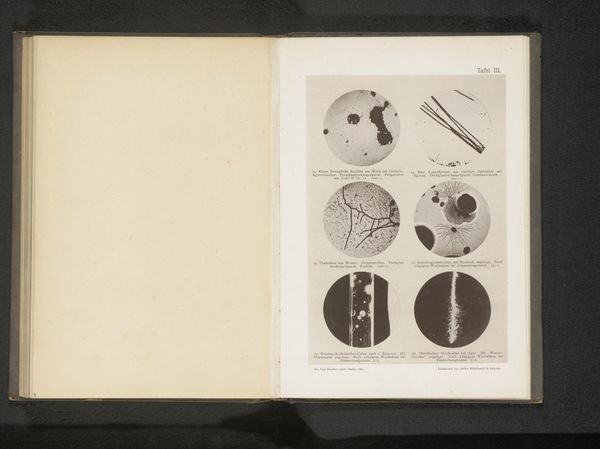
Bas-reliëfs van Cupido met Bacchus, Cupido met Hymenaeus en drie maenaden before 1873
0:00
0:00
print, etching, relief, sculpture, engraving
#
allegory
# print
#
etching
#
greek-and-roman-art
#
relief
#
figuration
#
form
#
sculpture
#
line
#
history-painting
#
engraving
Dimensions: height 361 mm, width 270 mm
Copyright: Rijks Museum: Open Domain
Here we see Joseph Cundall's rendering of bas-reliefs, featuring Cupido with Bacchus, Cupido with Hymenaeus, and three maenads. Cundall created this image during the Victorian era, a time when there was a fascination with classical antiquity. The depiction of Greco-Roman figures wasn't just about aesthetics; it was a way for Victorian society to connect with a historical legacy of power and cultural achievement. The figures of Cupido, Bacchus, and Hymenaeus are not neutral. They represent love, wine, fertility, and marriage – concepts deeply intertwined with social norms. What's interesting is how Cundall presents the maenads, female followers of Bacchus known for their ecstatic rituals. Historically maenads are often depicted in frenzied states, embodying female hysteria. How do these representations challenge or reinforce Victorian ideals about women's roles and sexuality? How does Cundall's work reflect, or perhaps subtly question, the rigid social structures of his time? Through Cundall’s lens, we gain a glimpse into the Victorian dialogue with the past, and the ongoing negotiation of identity, gender, and desire.
Comments
No comments
Be the first to comment and join the conversation on the ultimate creative platform.
